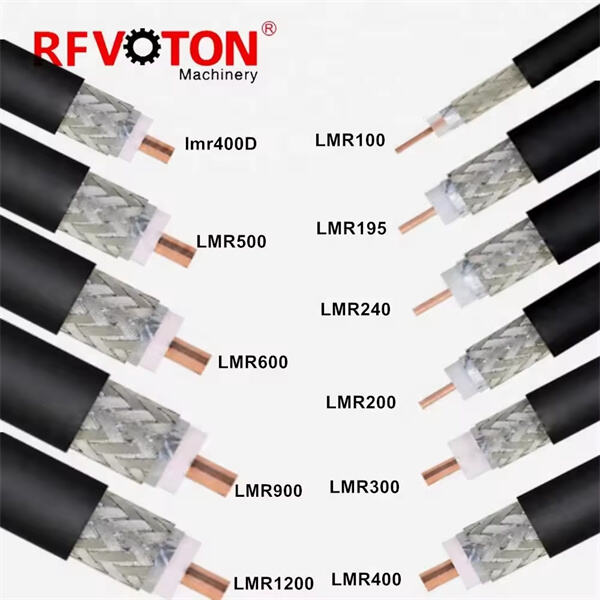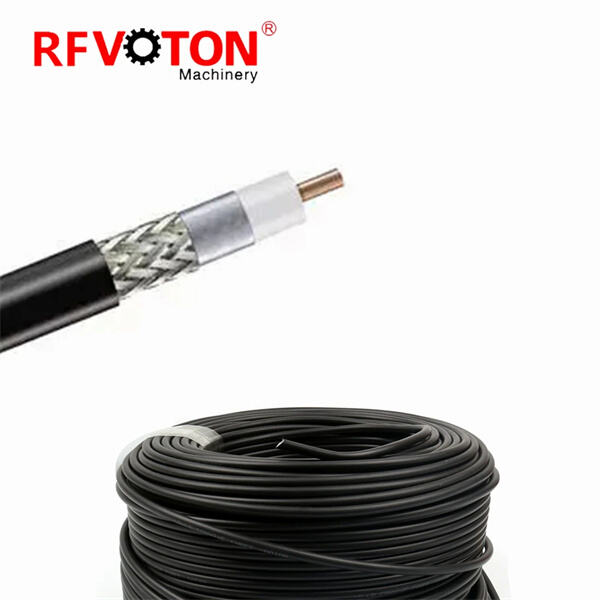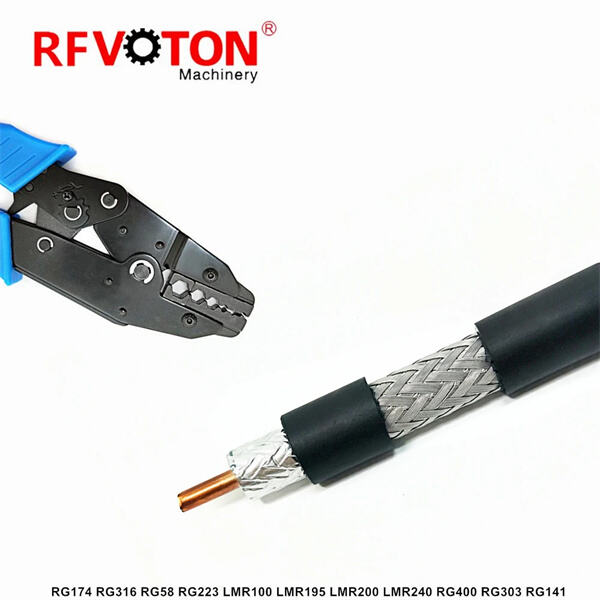Now we know8 that, just like they do in wireless, signals get weaker in cables. This means that it is weakened, a process called loss. The loss you incur itself is very critical to consider while designing and ensuring a radio frequency (RF) system is configured right. One of the most common is LMR400. An example of such coaxial cable is one that used to transmit signals. We should make the loss very small, such that the signals are strong and clear. This article will explain what LMR400 loss is and how to reduce it, what factors can affect it and some helpful tips that you can use.
LMR400 is made of four major parts. First, you have the inner conductor, which is the signal-carrying part. That's where the insulating layer comes in to bolster your signal. The third is a braided shield that serves as a barrier to outside interference. Then there is an outer jacket that protects all of that. Energy can be lost as the signals travel through the cable. This loss can be due to resistance of the cable and other things such as dielectric absorption and radiation. This is not a problem for short cables, where the signal attenuates very little (in other words, the loss of energy is reasonably negligible at such short cable runs).
How much energy is lost depends on some factors. One key thing is the cable length. If the cable is long, it will lose more energy. The other is how often the signal is sent. Signals with a higher frequency, such as those used for Wi-Fi, typically lose more energy than lower frequency signals, such as those used in typical radio transmissions. All of these factors are important to understand if we want to make sure that the signals are strong.
Verify Connections: Making sure that the cable is securely connected to the devices is also essential. Loose cables or cables that are not properly connected will also cause a great deal of signal loss. And always check the connections to ensure they are watertight.

When it comes to measuring the attenuation with LMR400 cables, this very critical that you use the proper test equipment. Some tools, like the air leak detector, are better – and more accurate – than others. It’s also worth considering the loss that could occur with the testing equipment itself.

The other important factor to keep in mind while measuring a loss is temperature. Errors in your measurements can sometimes arise from changes in temperature. To prevent this, it will be best to have measurements done therefore at constant, stable temperature. Then you can be more sure that your results are valid.

This will vary depending on the type of cable, something to bear in mind. As a general rule, lower loss is found in thicker, high-quality cables over thinner or poor-quality cables. A LMR400 cable ( 10m long ) direct from tab at 2.4 GHz only ( 0.4 dB loss ) Stock Cables vs Upgrades: Thinner or cheaper cables retaining the same length and frequency can actually contribute to higher loss, so not as effective as carrying signals.